Poster with definitions and examples of natural and built environments.
Teach the Different Types of Environments with Anchor Charts
As teachers, we have the power to inspire and educate our students about the world around them. One of the most fundamental lessons we can teach is the difference between man-made and natural environments. To help make this lesson engaging and memorable, we’ve created a pair of illustrated posters that vividly showcase the unique characteristics of each environment. These posters not only capture the attention of students but also encourage critical thinking and discussion about the impact of human activities on our planet. By using these posters in your classroom, you can help your students develop a deeper appreciation and understanding of the world they live in.
What’s a Built Environment? – Definition
Built environments are areas that are created for people, by people. They are used for human activity. Built environments, like a large city or a small house, can be of different sizes.
Built environments can include:
- homes
- schools
- shopping centres
- factories
- towns
- roads
What’s a Natural Environment? – Definition
Natural environments are all living and non-living things that occur naturally on Earth.
Natural environments can include:
- trees
- oceans
- seasons
- mountains
- rivers
- rainforests.
This resource downloads as a quick-print PDF resource file. Simply click the download button and grab your new resources!
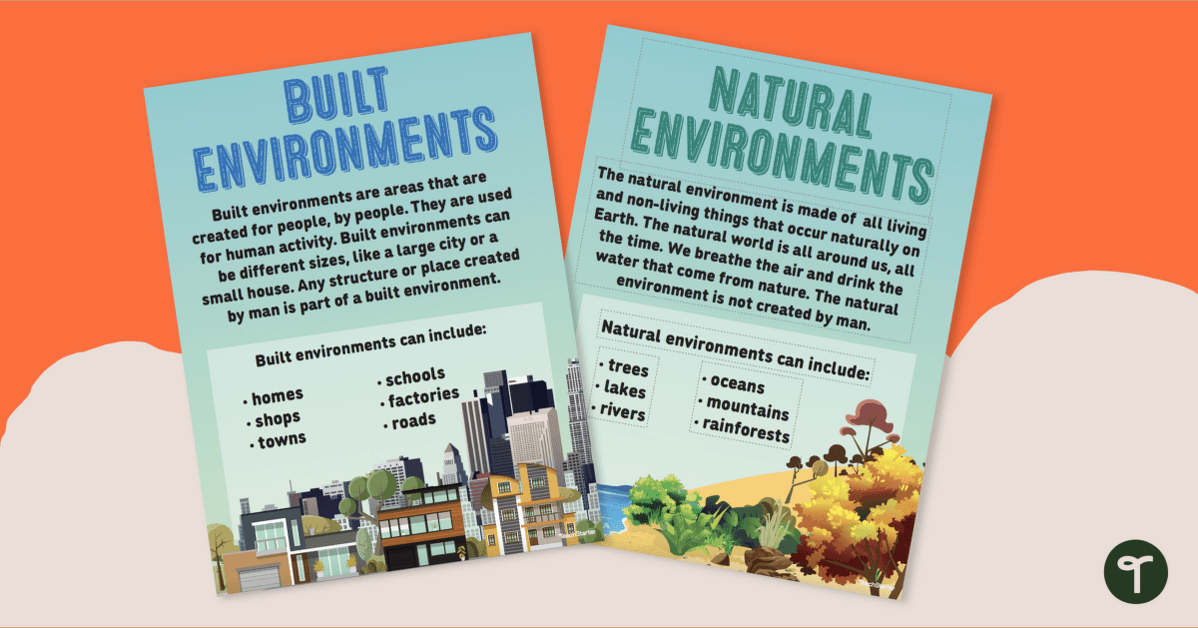

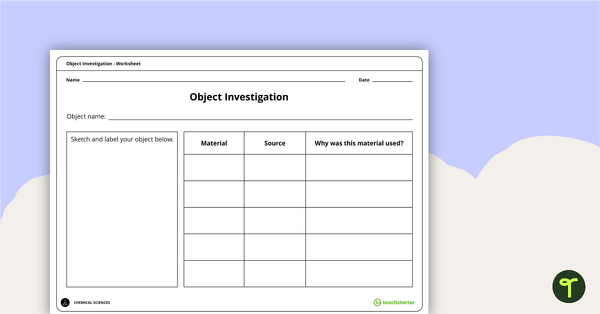
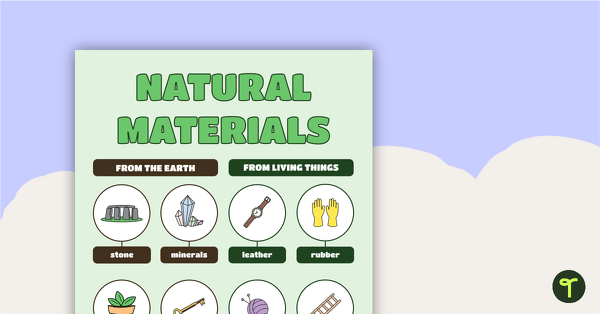
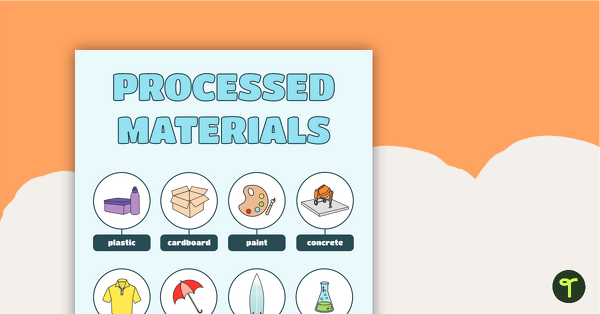


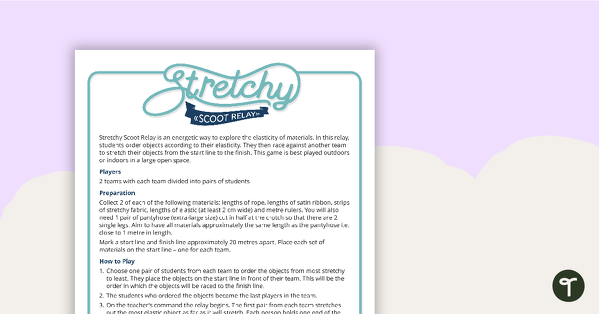
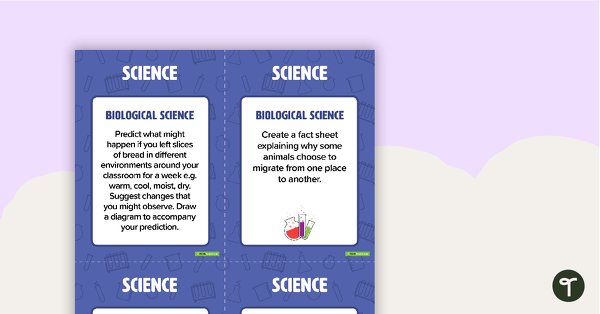
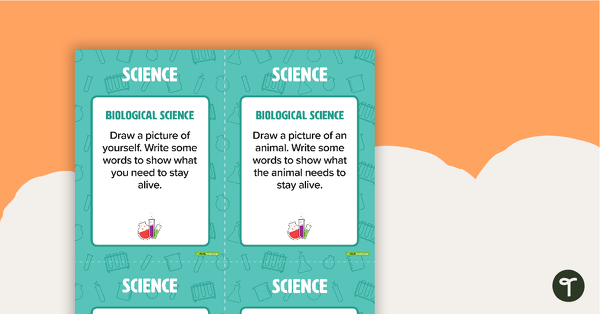
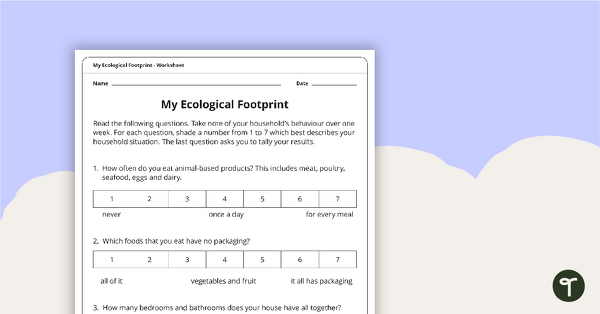
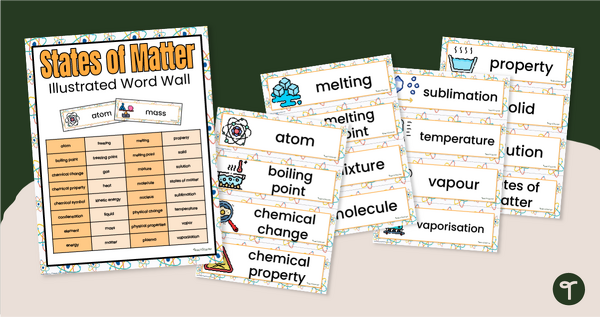
0 Comments
Write a review to help other teachers and parents like yourself. If you'd like to request a change to this resource, or report an error, select the corresponding tab above.